Great Pacific Garbage Patch —(Map)
Over a year ago, a group called Ocean Cleanup began using a huge floating screen to try to clean up plastic pollution in the ocean. After several failures, the group is now collecting plastic.
Every year, over 17 trillion pounds (7.72 trillion kilograms) of plastic are washed into the oceans. There are five huge areas in the world’s oceans that are a “soup” of floating trash. One of these areas, the Great Pacific Garbage Patch (GPGP), is three times as large as France.
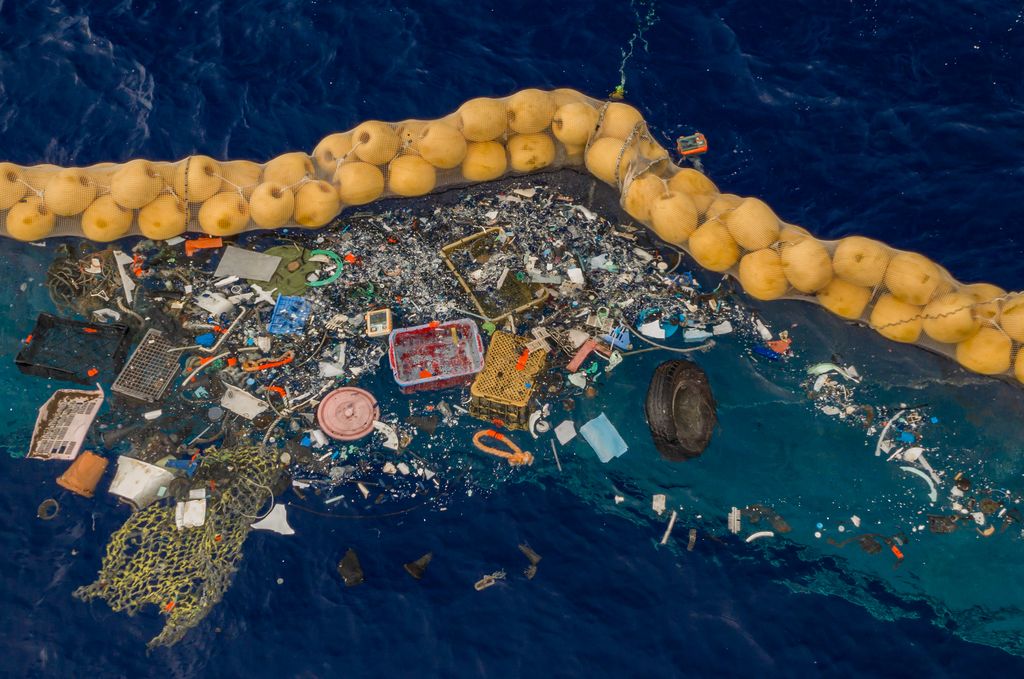
(Source: The Ocean Cleanup.)
But the plastic is spread out over a large area, so it’s impossible to collect it piece by piece. Ocean Cleanup’s plan is to gather up the floating plastic pollution, making it easier to remove.
Boyan Slat, 25, got the idea for the Ocean Cleanup system when he was just 18. His device is a 2,000-foot-long (600-meter-long) floating U-shaped tube with a screen hanging below it.
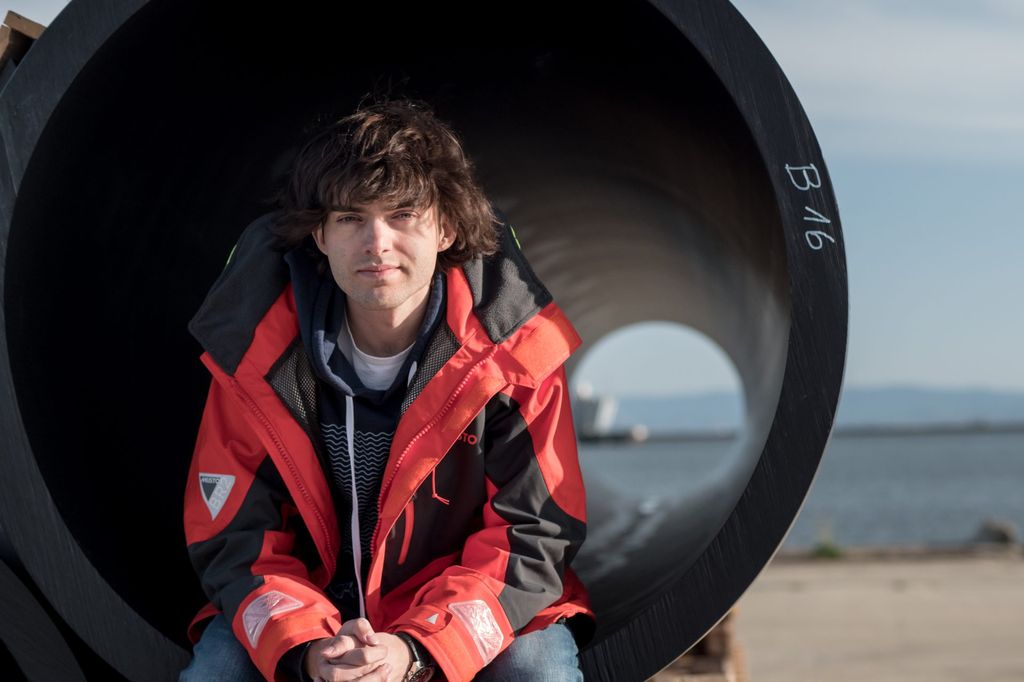
(Source: The Ocean Cleanup.)
As the tube and screen are pushed by the water and the winds, the U is meant to collect plastic trash, making it easy for a ship to collect and remove the plastic. The system uses the power of the wind and ocean, so it doesn’t need fuel.
The group began testing the first version, called “System 001”, last September. But it soon became clear that the screen was just moving with the plastic, not collecting it. Sometimes plastic would wash over the top of the tube. Even worse, System 001 got broken by rough seas and had to be towed to Hawaii for repairs.
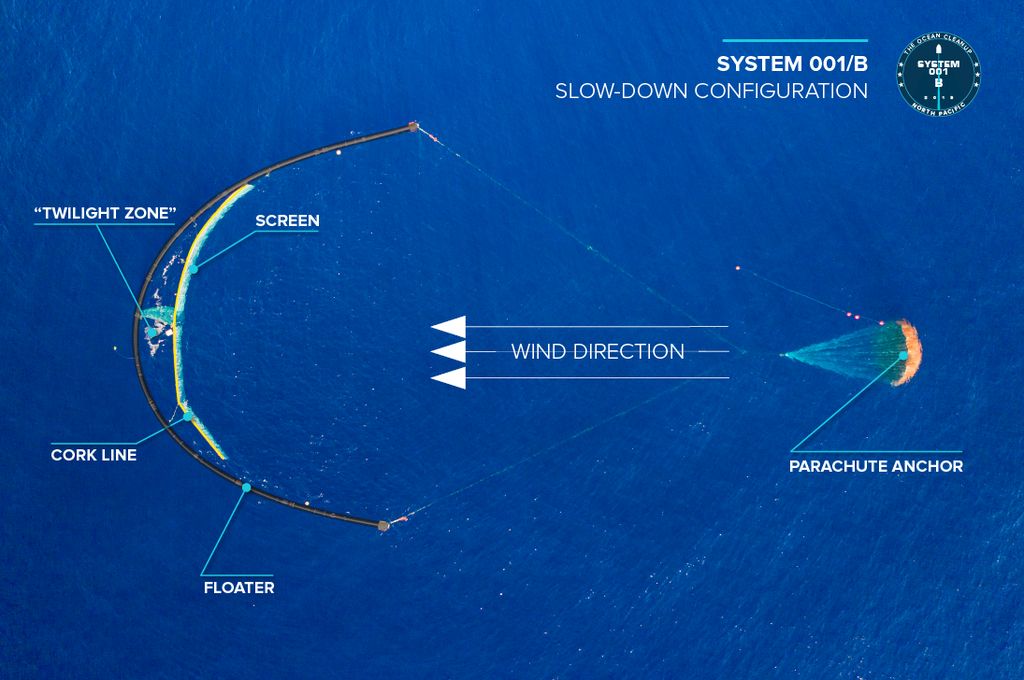
(Source: The Ocean Cleanup.)
But Mr. Slat sees the project as an experiment, which means a failure is a chance to learn. The team collected and studied lots of information about what worked well and what didn’t. Then they changed the design. In June, an improved version, called “System 001/B” was towed back to the GPGP.
The new version has a parachute attached to it. This makes the system move slightly slower than the plastic, allowing plastic to collect inside, as planned. A floating barrier in front of the main tube keeps the plastic from washing over the tube.
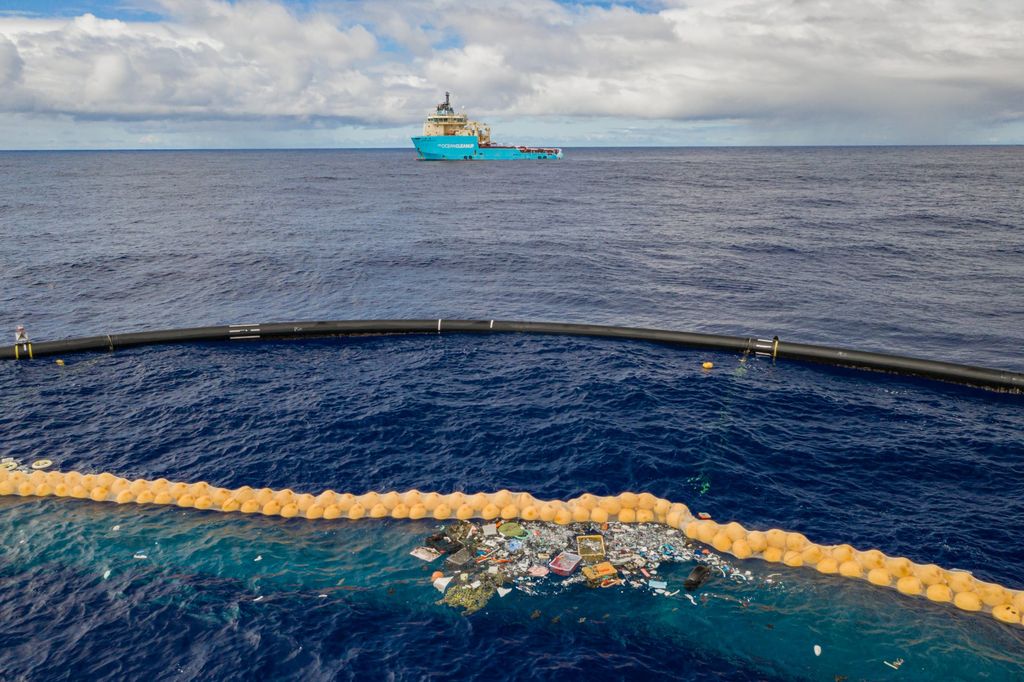
(Source: The Ocean Cleanup.)
System 001/B is now collecting plastic of all sizes, from a large fishing net to a car tire to tiny bits of microplastic as small as 1 millimeter (1/25 of an inch).
But this success is still just the beginning of the work for Ocean Cleanup. Now the group wants to use what they’ve learned to design a better and larger system that can collect plastic for up to a year before a ship comes to remove it.
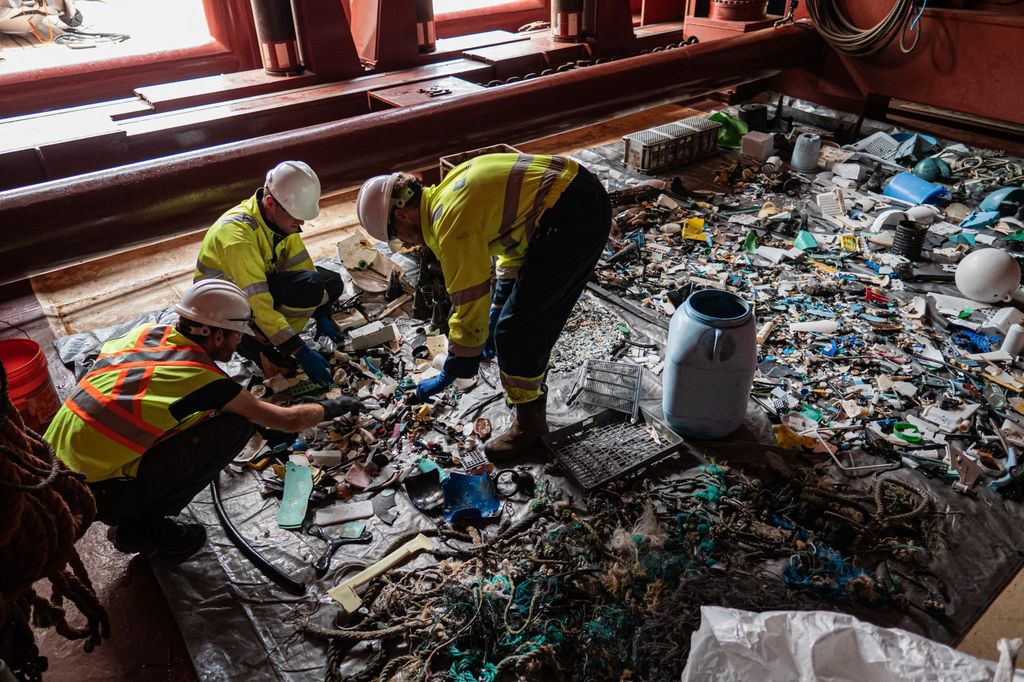
(Source: The Ocean Cleanup.)
Mr. Slat isn’t expecting success right away. He says working on the Ocean Cleanup project has taught him that “It’s definitely not going to be easy.”
😕
This map has not been loaded because of your cookie choices. To view the content, you can accept 'Non-necessary' cookies.
